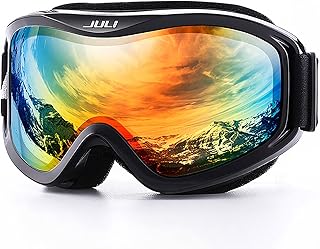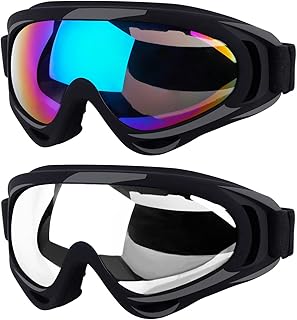Winter months are not exempt from the risks of sun exposure. Cataracts, eye growths, and photokeratitis are conditions that can result from excessive sun exposure. The unique damage caused by snow blindness can occur swiftly, making it crucial to protect your eyes by wearing sunglasses and goggles.
For skiers and snowboarders at high altitudes, the risks are even higher. Research shows that many individuals in these settings take minimal precautions, despite the harsh effects of sun reflecting off snow, elevated UV radiation levels, and the cold, dry conditions that exacerbate snow blindness symptoms. It’s not just winter sports enthusiasts who are at risk; anyone in snowy climates should prioritize UV protection.
Snow blindness, a type of photokeratitis, is a painful eye condition triggered by UV rays reflected from ice and snow. Symptoms such as pain, blurry vision, swelling, and watery eyes can be alarming. A notable case of snow blindness occurred during the Iditarod Trail Sled Dog Race, where racer Doug Swingley experienced severe vision impairment due to extreme cold and wind, leading to his withdrawal from the race for treatment.
Preventing snow blindness is straightforward both on and off the slopes. Sunglasses or goggles that block UV rays and shield from freezing wind are essential. Inuit populations historically crafted snow goggles to protect against UV exposure, showcasing the longstanding importance of eye protection in winter conditions.
The American Academy of Ophthalmology recommends wearing UV-protective eyewear when outdoors in winter to prevent long-term eye damage and sudden snow blindness. By following this advice and utilizing modern eyewear technology, individuals can enjoy winter activities safely and maintain optimal eye health.
📰 Related Articles
- Veterinary Experts Recommend Doggles for Eye Protection
- Top UV Protection Gear for Dogs: Stylish & Essential Options
- Top Dog Goggles for UV Protection and Outdoor Adventures
- Top Dog Eye Goggles for Stylish and Safe Protection
- Sunglasses: Essential for Eye Health in High UV Environments






